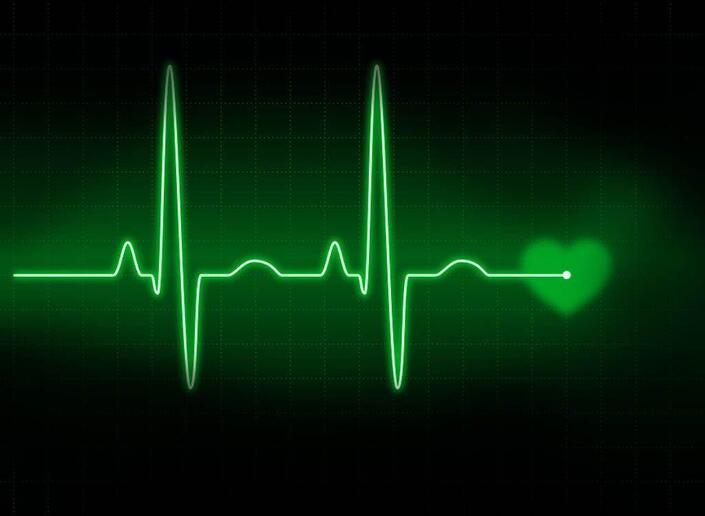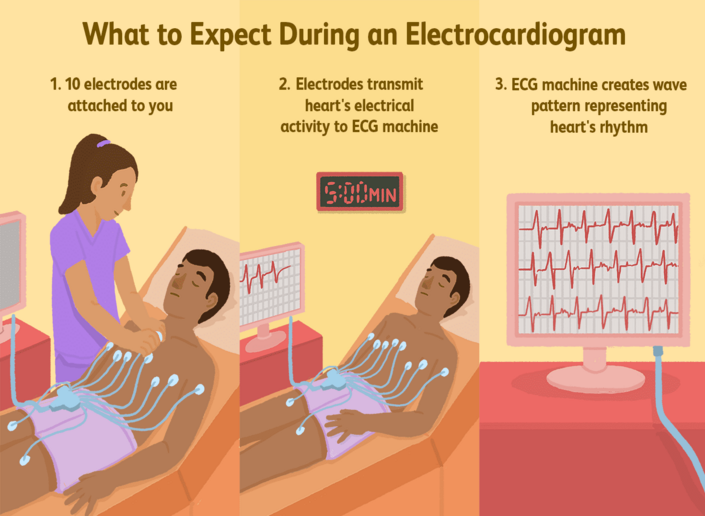Opening Hour
For Quick Appointment Whatsapp Us
An electrocardiogram (ECG or EKG) is a quick and painless test to check the heartbeat. It records the electrical s

Small plastic patches called electrodes are placed on the chest, arms, and legs, and connected to an ECG machine by wires. The machine records the heart's electrical impulses, which are then printed out.

Heart rate The heart rate is the number of times the heart beats a minute. You can measure your heart rate by checking your pulse. But an ECG may be helpful if your pulse is difficult to feel or too irregular to count accurately. ECG results can help diagnose an unusually fast heart rate, called tachycardia, or an unusually slow heart rate, called bradycardia.
Heart rhythm The heart's rhythm is the time between each heartbeat. It's also the signal pattern between each beat. An ECG can show irregular heartbeats, called arrhythmias.
Heart attack An ECG can diagnose a current or previous heart attack. The patterns on the ECG results can help a healthcare professional learn which part of the heart is damaged.
Blood and oxygen supply to the heart An ECG done while you're having chest pain symptoms can help your care team learn whether reduced blood flow to the heart is the cause
Heart structure changes ECG results can provide clues about an enlarged heart, congenital heart defects and other heart conditions.

